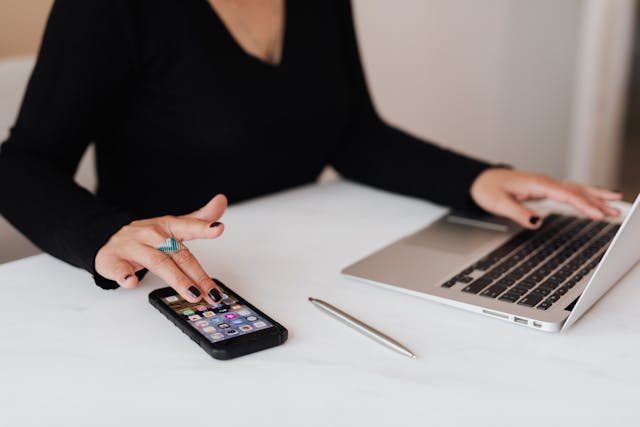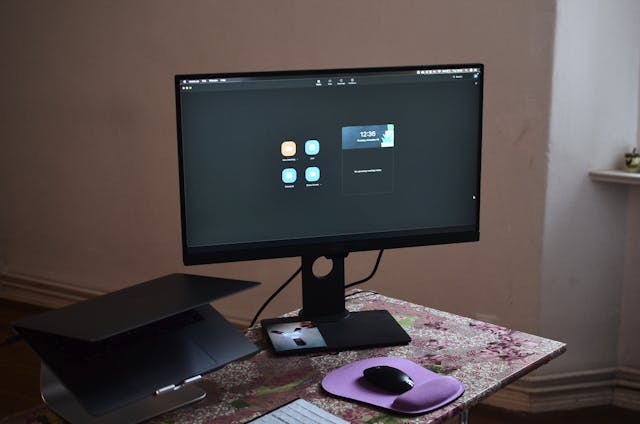Creatives often face the challenge of generating fresh ideas and completing projects efficiently while juggling deadlines and expectations. ChatGPT, with its ability to process and generate human-like text, can serve as a valuable tool to complement the creative process. It’s not about replacing human creativity but amplifying it by providing inspiration, speeding up workflows, and eliminating time-consuming tasks.
Generating New Ideas When Inspiration Runs Dry
Creative blocks are common, and staring at a blank page can feel overwhelming. ChatGPT can help by serving as a brainstorming partner. When tasked with prompts like “suggest ideas for a modern art installation that incorporates environmental themes” or “plot ideas for a sci-fi short story set in a dystopian future,” the tool generates concepts that might spark a direction you hadn’t considered.
For example, a designer struggling to create a logo for a tech startup can ask ChatGPT to describe visual elements that convey innovation, trust, and connectivity. The suggestions might not be final answers, but they could provide a foundation to build on.
Refining the input prompt helps tailor the output. Instead of vague questions, specific instructions like “give me five unique ways to represent sustainability in logo design” can deliver results closer to what you need.
Enhancing Writing and Content Creation
Writers can use ChatGPT to refine their work, overcome writer’s block, or even structure content more effectively. A copywriter tasked with creating ad copy for a new product launch can test multiple angles by prompting ChatGPT to generate variations on a tagline or headline.
For longer projects, ChatGPT can help outline articles, craft initial drafts, or suggest alternate phrasing. For example, a novelist struggling with dialogue could ask the tool to rewrite a conversation in a way that feels more natural. While the results may not be perfect, they provide a fresh take to work from.
Proofreading and editing are another area where ChatGPT shines. Asking it to review text for grammar, clarity, or tone can save hours. A simple command like “rewrite this paragraph in a more conversational tone” makes revisions quicker and smoother.
Speeding Up Research
Research can eat up significant time, especially when creatives need to gather background information for a project. ChatGPT streamlines this process by summarizing topics, compiling lists, or providing overviews of trends.
A content creator preparing a blog post about sustainable fashion could use ChatGPT to list popular eco-friendly materials or summarize consumer attitudes toward sustainable brands. While it’s essential to verify the accuracy of the information, having a starting point saves time.
ChatGPT can also generate questions that creatives may not have thought to ask during their research. A photographer preparing for a shoot might ask, “What considerations should I keep in mind when photographing during golden hour?” The response could surface details they hadn’t previously considered, enriching the final product.
Streamlining Administrative Tasks
Creative professionals often juggle administrative tasks alongside their artistic work. ChatGPT can help by drafting emails, proposals, or schedules. A freelance graphic designer, for example, might ask ChatGPT to outline a project proposal for a client, including milestones, deliverables, and timelines.

Creating content calendars or managing social media posting ideas is another area where ChatGPT provides value. A marketing consultant could prompt the tool to generate monthly post ideas for a brand’s Instagram account, categorized by themes like storytelling, product highlights, and user-generated content.
Exploring New Styles and Techniques
Experimenting with new creative techniques can be intimidating, especially if you’re venturing into unfamiliar territory. ChatGPT can provide step-by-step guides, tips, or even inspiration for trying something new. A filmmaker curious about stop-motion animation might ask ChatGPT for advice on the best tools and processes to start with minimal equipment.
Similarly, an illustrator exploring a new art style could ask for descriptions of popular movements or techniques that align with their vision. ChatGPT might describe how to mimic the visual storytelling of comic books or achieve the painterly effect of impressionist art in digital mediums.
Collaborating on Problem Solving
Challenges often arise during projects, whether it’s finding the right approach to a design or troubleshooting technical issues. ChatGPT can act as a sounding board for solutions. A web designer experiencing layout issues in a project might ask ChatGPT for common fixes or alternative approaches to achieve the desired aesthetic.
Creatives can also use the tool to draft troubleshooting guides or workshop improvements for client feedback. A brand consultant, for instance, might prompt ChatGPT to suggest ways to respond to a client who feels their logo redesign lacks originality.
Generating Variations and Iterations
The iterative process can be tedious, especially when clients request multiple versions of a concept. ChatGPT can assist by generating variations on ideas quickly. A copywriter tasked with creating product descriptions might prompt ChatGPT to write three alternative versions of the same description tailored for different tones, such as professional, playful, or minimalistic.
Designers and content creators can use this approach to brainstorm names, slogans, or thematic concepts. Having multiple options speeds up the review process and provides material to refine further.
Learning and Skill Development
Staying competitive in creative fields often means learning new tools and techniques. ChatGPT can explain complex concepts in simple terms or guide creatives through software features. A photographer learning about advanced lighting setups could ask for a breakdown of terms like “rim lighting” or “three-point lighting,” along with practical use cases.

The tool is also useful for learning coding basics, which is increasingly relevant for creatives working with interactive media. A graphic designer building a portfolio website could ask ChatGPT for HTML or CSS snippets to customize their layout or troubleshoot errors.
Avoiding Over-Reliance on AI
While ChatGPT provides valuable support, it’s important to maintain ownership of the creative process. The tool should act as a supplement, not a replacement, for your expertise and originality. Regularly revisiting the outputs with a critical eye ensures the final work aligns with your unique voice and vision.
Setting clear boundaries for how ChatGPT fits into your workflow prevents it from becoming a crutch. Let it handle repetitive or administrative tasks while keeping the creative direction in your hands. This balance allows you to stay efficient while preserving the authenticity that clients and audiences value.
Creatives who integrate ChatGPT thoughtfully into their process often find it to be a reliable ally. Whether brainstorming fresh ideas, speeding up workflows, or solving specific challenges, the tool offers opportunities to work smarter without compromising the quality of the final product.